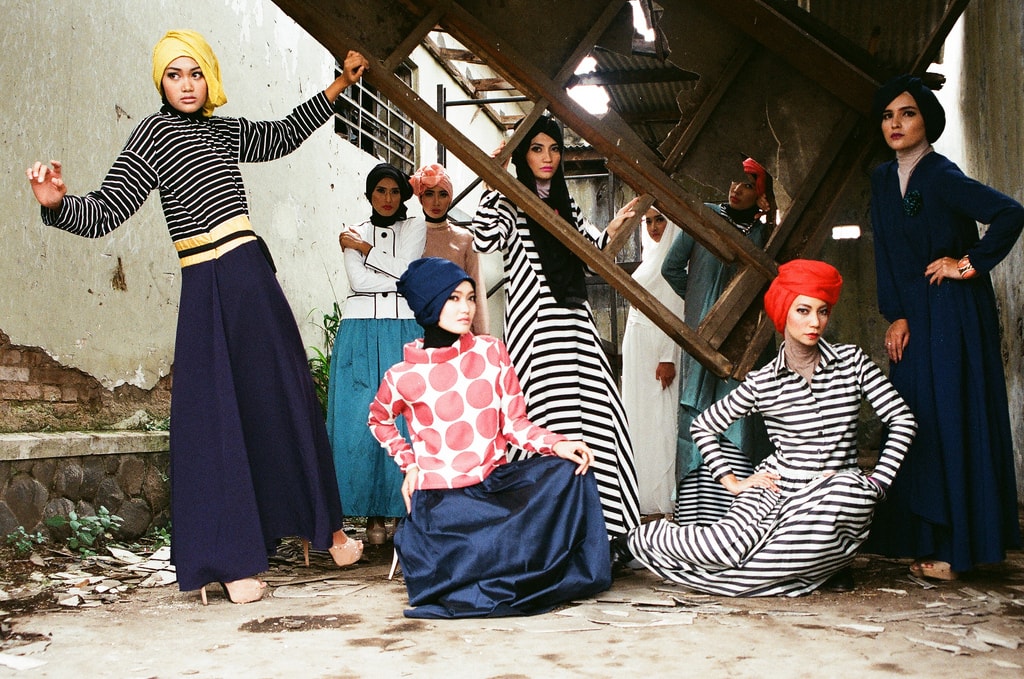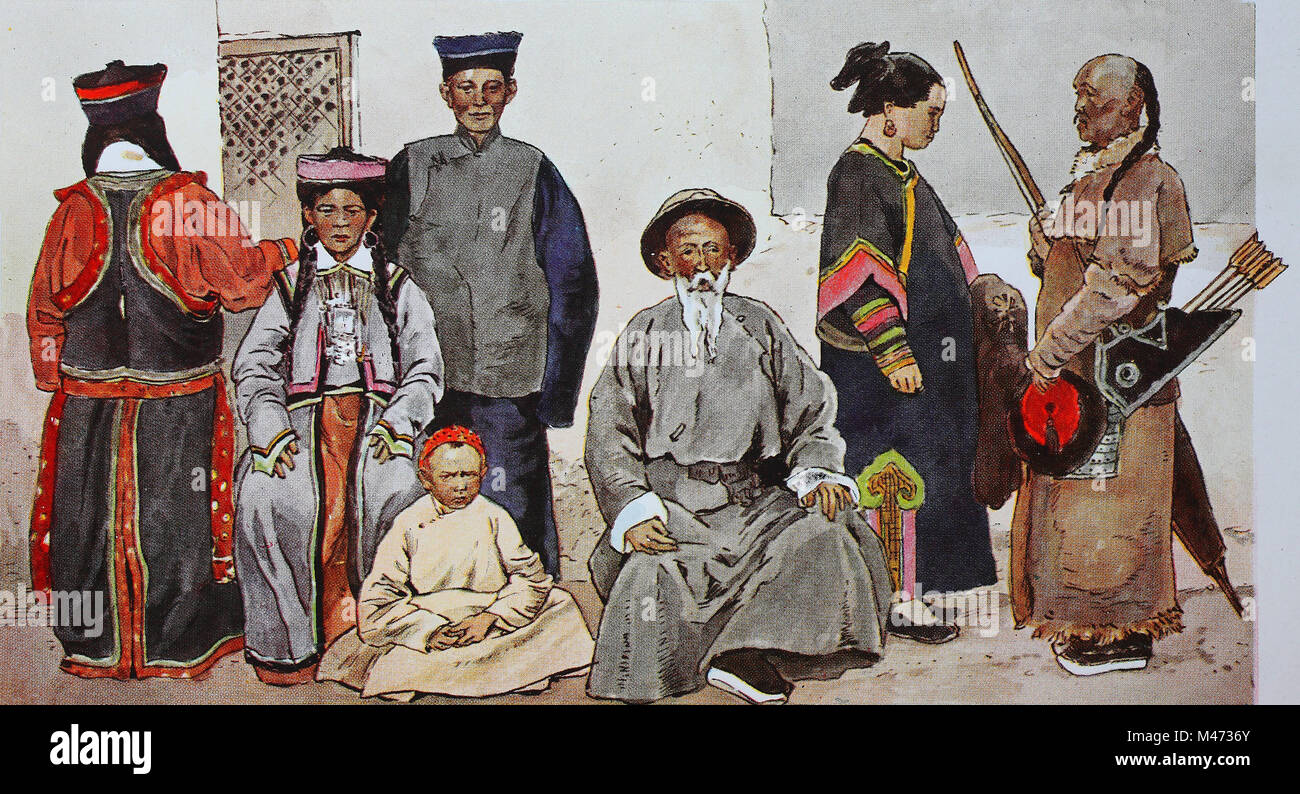Unveiling the Rich Heritage of Eastern Style
Exploring the detailed tapestry of Eastern fashion introduces a world where custom fulfills advancement, and craftsmanship links with cultural meaning. From the opulent silks of ancient dynasties to the detailed embroidery of nomadic people, each garment informs a story that goes beyond time and boundaries, resembling the rich heritage and imaginative tradition of the East. As we peel off back the layers of background and practice, an interesting journey awaits, unwinding the secrets behind the fascinating attraction and enduring influence of Eastern style on the global stage.
Beginning of Eastern Fashion

In Mesopotamia, as an example, the Sumerians and Babylonians developed garments utilizing bed linen, wool, and natural leather, embellished with elaborate patterns and precious jewelry. Ancient Egyptians are renowned for their sophisticated weaving abilities and using lightweight, breathable fabrics like bed linen. Chinese style emphasized the value of shade meaning and detailed embroidery methods, while Indian apparel included lively hues, glamorous materials like silk and cotton, and sophisticated drape designs such as the saree.
These ancient worlds not just influenced each other however additionally led the way for the diverse and culturally rich tapestry that is modern Eastern fashion. Through centuries of development, Eastern fashion remains to grow, mixing practice with modern-day influences to create unique and timeless designs.
Cultural Influences and Practices
Attracting from centuries-old personalizeds and beliefs, social impacts and customs play a crucial function in shaping the essence of Eastern style (eastern wear pakistan). The abundant tapestry of cultures across Eastern regions such as Asia, the Center East, and Africa has actually heavily influenced the clothes designs, shades, materials, and develops that prevail in Eastern style today
In countries like India, Japan, and China, conventional garments like sarees, cheongsams, and bathrobes continue to hold significant social importance and are typically embellished with complex embroidery or symbolic patterns that mirror deep-rooted beliefs and values. In Middle Eastern nations, the flowing kaftans and abayas used by men and ladies not only serve as small outfit yet likewise mirror the region's cultural heritage and Islamic practices.
Additionally, using certain shades like red forever luck in Chinese society or intricate geometric patterns influenced by Islamic architecture additionally exemplify just how cultural influences show up in Eastern fashion - eastern wear pakistan. By honoring and maintaining these cultural influences and practices, Eastern style remains to develop while remaining real to its rich heritage
Development of Eastern Clothes
Over time, Eastern garments have gone through substantial transformations, mirroring a blend of custom and modernity in their style and design. Traditional Eastern garments such as the saree, robe, salwar, and hanbok kameez have developed to integrate modern components while preserving their cultural essence.
One significant development is the usage of cutting-edge textiles and techniques in Eastern garment construction. Typical handwoven fabrics like silk and cotton have actually been complemented with modern materials such as polyester and blends, offering boosted resilience and ease of care. Additionally, developments in printing innovations have allowed elaborate patterns and styles to be integrated into Eastern garments with precision and information.
In addition, adjustments in shape and customizing have modernized Eastern attire, making them more suitable and versatile for varied celebrations. Standard gown codes have loosened up, permitting trial and error with designs, shades, and embellishments. This evolution has not just made Eastern garments a lot more appealing and obtainable to a global target market however has also guaranteed their continued relevance in modern fashion landscapes.
Importance in Eastern Clothes
Checking out the deep-rooted social relevance woven into Eastern clothing reveals an abundant tapestry of meaning and tradition. Eastern garments are often imbued with signs that reflect the user's social status, faiths, and cultural identity. For instance, in many Eastern cultures, the shade red signifies good luck and prosperity, making it a prominent selection for wedding apparel. Likewise, intricate needlework patterns can communicate tales of folklore or represent true blessings for the user.
Additionally, certain garments hold symbolic significances. The robe in Japan, for circumstances, represents regard, tradition, and formality. Its design, fabric, and even the way it is worn all bring deep cultural importance. Likewise, the saree in India stands for elegance, sophistication, and the abundant heritage of the nation. The draping style of the saree differs across regions and events, each carrying its own symbolic importance.

Influence of Eastern Style Today

The incorporation of Eastern elements in Western style has actually caused a blend of designs you can try these out that accommodate diverse preferences and preferences (eastern wear pakistan). Developers often draw motivation from Eastern patterns, shapes, and textiles, producing special and innovative items that mix standard and contemporary visual appeals. This cross-cultural exchange has not just revitalized the apparel industry however also fostered a deeper admiration for Eastern heritage and workmanship
Moreover, the increase of digital systems and social media has actually additionally enhanced the influence of Eastern style, allowing designers and brands to reach a wider audience and showcase their social heritage to the world. Through cooperations, fashion shows, and online campaigns, Eastern fashion remains to grow and progress in today's interconnected and vibrant global landscape.
Verdict
Finally, the rich heritage of Eastern style is a testimony to the social impacts, complex craftsmanship, and extensive symbolism installed in each garment. From ancient people to modern interpretations, Eastern style continues to astound with its one-of-a-kind blend of tradition and development. The influence of Eastern fashion today serves as a tip of the timeless elegance and imaginative expression that have made it an international phenomenon commemorated for its rich cultural heritage.
Exploring the intricate tapestry of Eastern fashion reveals a world where practice satisfies advancement, and workmanship intertwines with cultural meaning.The withstanding meaning and cultural importance embedded in Eastern attire continue to shape and affect the contemporary impact of Eastern style today. Eastern fashion has actually gone beyond borders, coming to be a global sensation accepted by designers, celebs, and fashion lovers visit the site worldwide.In conclusion, the abundant heritage of Eastern fashion is a testimony to the cultural influences, complex craftsmanship, and extensive symbolism embedded in each garment. The influence of Eastern fashion today serves as a tip of the classic sophistication and imaginative expression that have made it an international sensation celebrated for its rich social heritage.